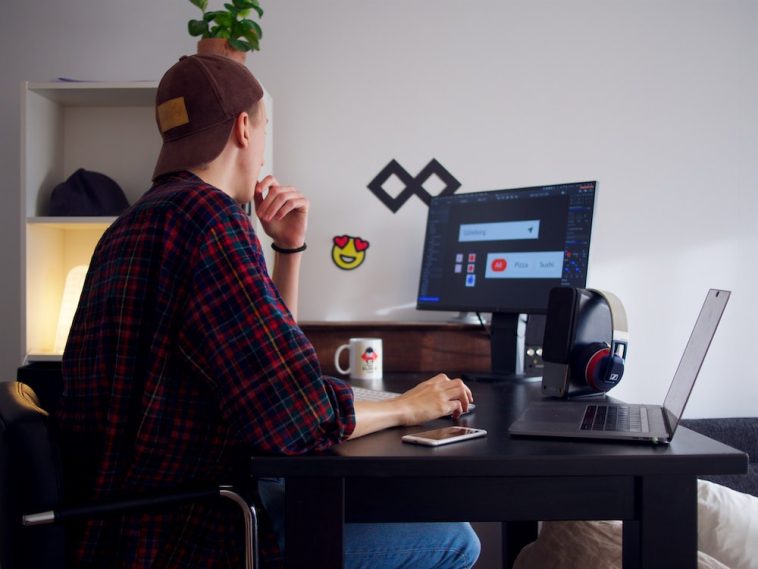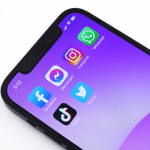Introduction.
Starting something new can feel exciting and a bit overwhelming, especially when it involves stepping into freelancing.
Freelancing has become one of the most popular ways to work because it offers flexibility, independence, and the chance to pursue your interests on your own terms.
But if you’re just starting, it might seem like a big leap. How do you find work? What skills do you need? And most importantly, how do you actually get started?
In this guide, I’ll take you through everything you need to know about freelancing as a fresher. From understanding what freelancing is to building your profile, finding clients, and managing your first projects, this is your step-by-step plan. Let’s make freelancing less intimidating and more doable for you.
Why Freelancing is a Great Choice
Freelancing has grown massively in recent years. According to a report by Statista, over 1.57 billion people worldwide were freelancing in 2022. It’s no longer just a side hustle—many people are turning it into a full-time career.
Here’s why it’s worth considering:
- Flexibility: Work when you want, where you want.
- Control: You decide which projects to take on and how much to charge.
- Skill Growth: Working with different clients helps you learn and grow.
- Earning Potential: While it takes time, freelancing can pay well with the right effort.
If you’re someone who’s looking for freedom in how you work and want to explore your passions, freelancing could be a perfect start.
What Is Freelancing?
Before diving into the “how,” let’s clear up what freelancing means. It’s basically offering your services to clients or businesses on a project or contract basis instead of being a full-time employee. You could freelance in writing, graphic design, web development, digital marketing, video editing, and so much more.
What makes freelancing stand out is that you’re your own boss. You set your rates, find clients, and manage your time. But with that freedom comes responsibility, especially in building your career from scratch.
How Do I Start Freelancing as a Fresher?
1. Identify Your Skills
The first step is to figure out what you can offer. Are you good at writing? Do you know how to create logos?
Maybe you’re great at managing social media? Even if you feel like you’re not an expert yet, start with the skills you have and work on improving them.
Here are a few beginner-friendly freelancing options:
- Writing (articles, blogs, or copywriting)
- Graphic design (logos, flyers, social media graphics)
- Social media management
- Virtual assistance (email management, scheduling, etc.)
- Web development or app design (if you have basic coding knowledge)
If you’re unsure about your skills, there are free and affordable resources online. Platforms like Coursera, Udemy, and YouTube offer tutorials on almost any topic.
2. Build Your Portfolio
A portfolio is like your resume—it shows potential clients what you can do. If you don’t have any projects yet, don’t worry. Create some samples to showcase your work.
For example:
- If you’re a writer, write a few blog posts on topics you enjoy.
- If you’re a designer, create mock logos or posters for imaginary companies.
- For social media management, create a content plan for a hypothetical brand.
Tools like Canva, WordPress, or even Google Docs can help you create and present your work professionally.
3. Choose a Freelancing Platform
Freelancing platforms are a great way to find your first clients. Some popular options include:
- Upwork: Known for connecting freelancers with clients worldwide.
- Fiverr: Focuses on smaller gigs with fixed prices.
- Freelancer: Offers a variety of job categories and bidding systems.
- Toptal: For highly skilled freelancers, but harder to get into.
Sign up on one or two platforms and create a profile. Make sure it’s complete, clear, and highlights your skills and experience (even if it’s basic).
4. Set Your Rates
One of the trickiest parts of freelancing is figuring out how much to charge.
Start by researching what other freelancers in your field charge. As a fresher, it’s okay to charge less initially to attract clients, but don’t undersell yourself. Over time, as you gain experience, you can raise your rates.
Here’s an example:
- Entry-level writers might charge $0.03–$0.05 per word.
- A beginner graphic designer could charge $10–$15 per hour.
Remember, freelancing rates vary based on location, skill, and demand.
5. Apply for Jobs or Pitch Your Services
Now it’s time to start applying for work. On freelancing platforms, you’ll find job postings where clients describe their needs. Write a custom proposal for each job, showing how you can help them specifically.
For example, instead of saying, “I’m a writer,” say:
“I’ve written similar articles before and can help you create engaging content for your audience. Here’s an example of my work: [link].”
If you don’t get responses right away, don’t feel discouraged. Building momentum takes time, but consistency pays off.
6. Deliver Quality Work
Once you land your first project, focus on delivering your best work. This helps you build a strong reputation, which is crucial for freelancing success.
Communicate with your client, meet deadlines, and be open to feedback. A happy client is likely to recommend you to others or give you more projects.
FAQs
Q: Do I need certifications to start freelancing?
A: No, but certifications can help if you’re entering technical fields like coding or graphic design. Otherwise, experience and skill matter more.
Q: How do I find clients outside freelancing platforms?
A: Networking is key. Use LinkedIn, attend industry events, or join online groups related to your skills. You can also ask friends or family for referrals.
Q: Can I freelance while studying or working a full-time job?
A: Yes! Many people start freelancing part-time. It’s a great way to build experience and extra income.
Q: What tools should I use?
A: Tools depend on your work. Common ones include:
- Writing: Google Docs, Grammarly
- Design: Canva, Adobe Photoshop
- Project Management: Trello, Asana
- Communication: Zoom, Slack
Conclusion
Starting freelancing as a fresher might feel like jumping into the unknown, but with the right approach, it’s completely achievable.
By identifying your skills, creating a strong portfolio, and consistently working to improve, you can build a rewarding career as a freelancer.
What’s your first step toward freelancing, and what skill are you most excited to use? Let me know—I’d love to hear about your journey!





GIPHY App Key not set. Please check settings